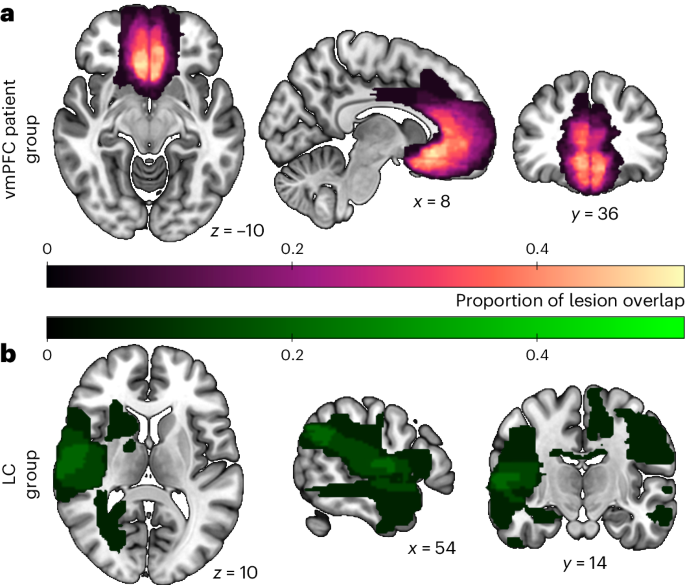2024-05-29 テキサス大学オースチン校(UT Austin)

In the fossil specimen that is the subject of this research paper, two teeth are visible breaking out at the bottom: an incisor, and the tip of a partially-erupted canine. The scale bar at the top right of the image is 1 centimeter. Credit: Sam Houston State University
<関連情報>
- https://news.utexas.edu/2024/05/29/fossil-places-extinct-saber-toothed-cat-on-texas-coast/
- https://anatomypubs.onlinelibrary.wiley.com/doi/10.1002/ar.25461
テキサス湾岸の水中大陸棚に生息するホモテリウムのシミターキャット The scimitar-cat Homotherium from the submerged continental shelf of the Gulf Coast of Texas
John A. Moretti, Deanna Flores, Christopher J. Bell, Will Godwin, Adam Hartstone-Rose, Patrick J. Lewis
The Anatomical Record Published: 23 April 2024
DOI:https://doi.org/10.1002/ar.25461
Abstract
The machairodontine felid Homotherium achieved a global geographic distribution throughout much of the Pleistocene. Accordingly, that large carnivore is important for understanding patterns of community composition. We report on a new record of Homotherium based on a fragmentary premaxilla–maxilla discovered on McFaddin Beach, Texas, along the Gulf of Mexico. Skeletal remains of extinct, Pleistocene vertebrates accumulate on McFaddin Beach. Those fossils appear to originate from submerged deposits on the continental shelf in the Gulf of Mexico, an area that was subaerially exposed in the Late Pleistocene during glacial intervals. Marine erosion and transport altered the externally visible morphology of the current specimen, obscuring and/or damaging taxonomically informative details of the preserved dentition. However, high-resolution X-ray computed tomography revealed diagnostic portions of the unerupted crown of an upper canine within its alveolus. The serrated edges of the canine combined with the position of the incisors demonstrate that the specimen from McFaddin Beach represents a species of Homotherium. That specimen is the latest in a larger sample of Homotherium in Texas that spans most of the Pliocene–Pleistocene. This is the first occurrence of Homotherium from the continental shelf of the Gulf Coast. That landscape may have formed a broad subtropical Gulf Coast corridor that facilitated the dispersal of Neotropical taxa along the coast between Texas and Florida. The associated fauna from McFaddin Beach contains Neotropical mammals common to southern Texas and Florida and indicates that Homotherium was a member of the fauna inhabiting the Gulf Coast corridor during the Late Pleistocene.

